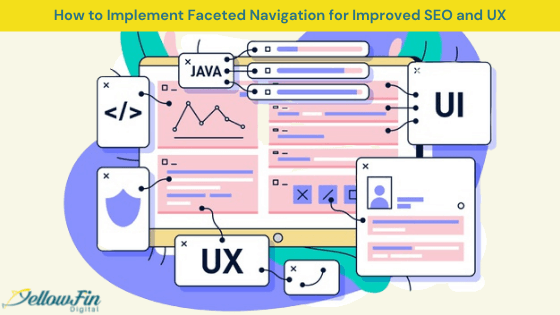User intent is more important for SEO and CRO than ever before. Truly understanding intent is paramount to building a successful digital strategy.
User intent tells us the reasoning behind the keywords and phrases the user chooses. Keyword research is essential. It helps us know which words or phrases to target in our content, on-page optimization, and CRO — so we know how to structure our site and users find what they’re looking for as quickly as possible.
They influence everything from which keywords you select and how you optimize your content to which search result pages (SERPs) you target and which ads you choose to bid on.
How User Intent Plays a Major Role for SEO-
The thing about user intent is that it goes beyond just keywords. So while keyword research can provide you with keyword ideas and information on search volume, it doesn’t explain why people search for those terms or phrases.
Understanding user intent can help you develop content that addresses the needs of your target audience.
To understand user intent, we need to think like our potential customers and understand their needs and wants and why they’re searching for them.
User intent indicates the search intent, which may or may not be reflected in the search query’s actual words. User intent refers to the searcher’s true objective, while query terms are often used to proxy user intentions.
User intent comes into play when you can tell what a user wants or needs from a search result, even if the keyword isn’t apparent.
For example, when someone searches for “glasses,” it is likely that they are seeking information about purchasing glasses (user intent). Still, they may not necessarily spell out their intention by using the exact phrase “where can I buy glasses?” (query terms).
How Can You Determine the User Intent from Each Keyword?
Being one of the most popular Austin SEO Services, we’ve worked on quite a few SEO strategies. We place the utmost importance on keyword research combined with user intent analysis. The following are a few of the techniques our experts use.
Analyzing the SERPs-
Before we jump into understanding the intent behind the keywords, let’s first understand the three most common types of user intent.
-
Transactional
The searcher is looking to purchase a product or service immediately. This may be an impulse buy or something that has been searched for previously, but they are ready to buy now. For example, when a user searches “Bakeries in Austin, TX.”
-
Informational
This occurs when a searcher looks for something specific, such as basic information, directions, reviews, etc. The searcher is trying to find information on a particular topic. They may be unsure what they’re looking for, but this type of search usually ends with the visitor converting into a lead or customer.
-
Navigational
The user already knows what they want. They are looking to navigate through your site to make a purchase directly or gather information about your products/services before making a final decision.
By looking at the SERPs, you can determine which keywords are more informational, navigational, or transactional.
First, look at the type of results that appear for each keyword. For example, is there a mix of informational pages with some transactional pages?
If the SERP shows primarily transactional pages at the top (e.g., e-commerce sites like Amazon), you know that keyword is likely to be more transactional. On the other hand, if it contains primarily informational pages (e.g., Wikipedia), you can assume that users are looking for information rather than purchasing a product.
By looking at the top snippets in the search engine results, you can understand the common user intent for that keyword.
Search for Other Queries-
Google has a feature that offers related questions and suggestions related to the primary search term. This could also be an indication of searcher intent.
Another way to determine search intent is by searching your target keyword in quotes in the search bar followed by another query in your niche. You can then decide whether or not that query is related to your keyword using the same method we talked about earlier in this section (related questions & suggestions).
For example, if I do a search for “sunscreen” in quotations followed by “best,” I will get results like “best sunscreen for your skin” and “best sunscreens for summer.” This could give us a better idea of the common searches for that particular keyword and better understand the user’s intent.
Check for Related Terms-
Another way to determine search intent is by looking for related terms. To do this, you’ll want to utilize resources like Google Trends, Moz Keyword Explorer, and WordStream’s AdWords Keyword Tool.
The above keywords represent accurate search volume and show how people are searching for these services when they come across them in SERPs.
By using related terms to determine search intent, you can discover new opportunities and optimize your content for more relevant phrases.
Conclusion-
It can be tricky to determine search intent. But if you take all of these steps into account, you should be able to make an educated guess about the type of user search for any given keyword.
Our Austin-based SEO company helps SMBs and startups determine the right keywords that match the user intent. If you want a research-backed SEO strategy that pays close attention to user intent, reach out to us for our Austin SEO services today!





